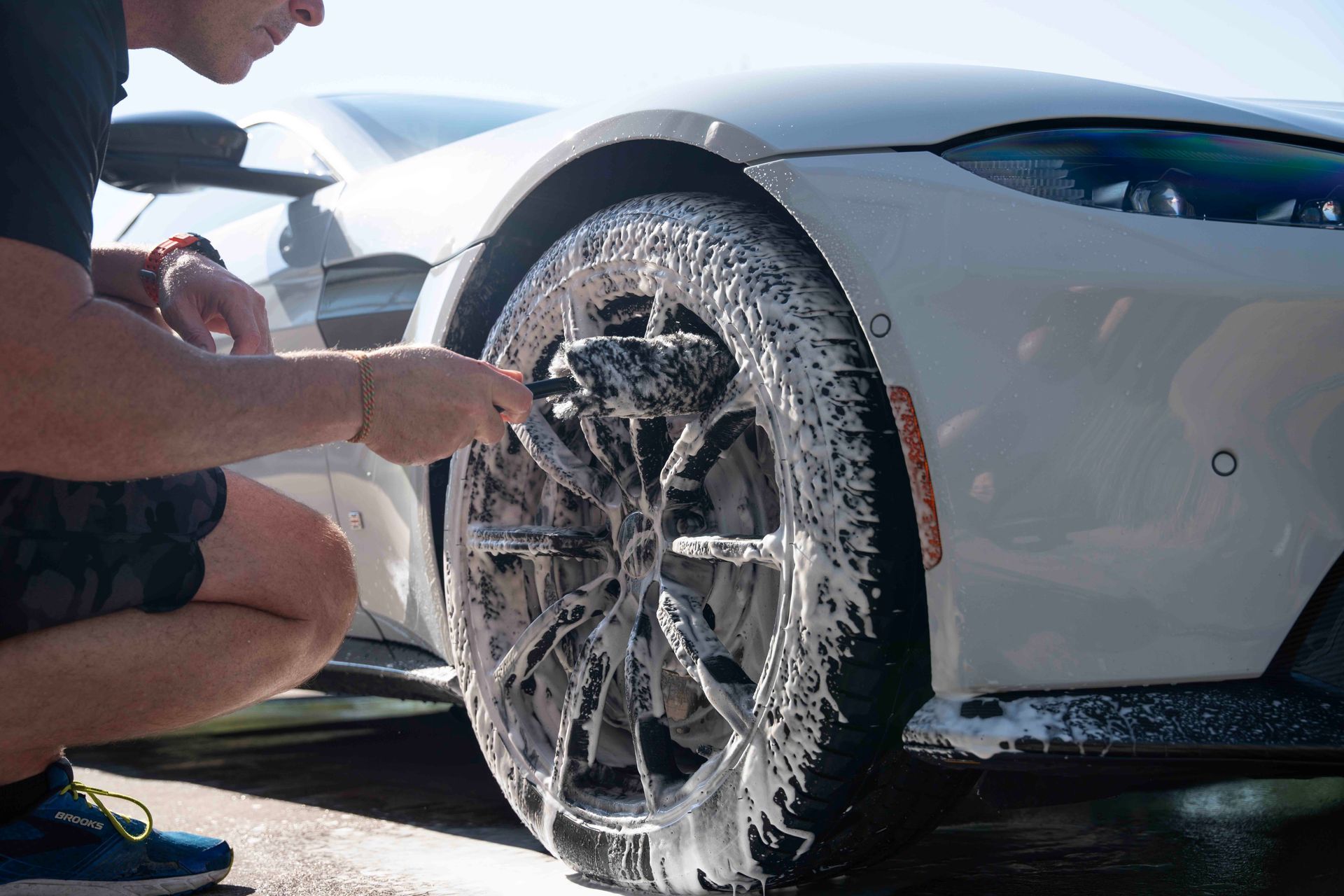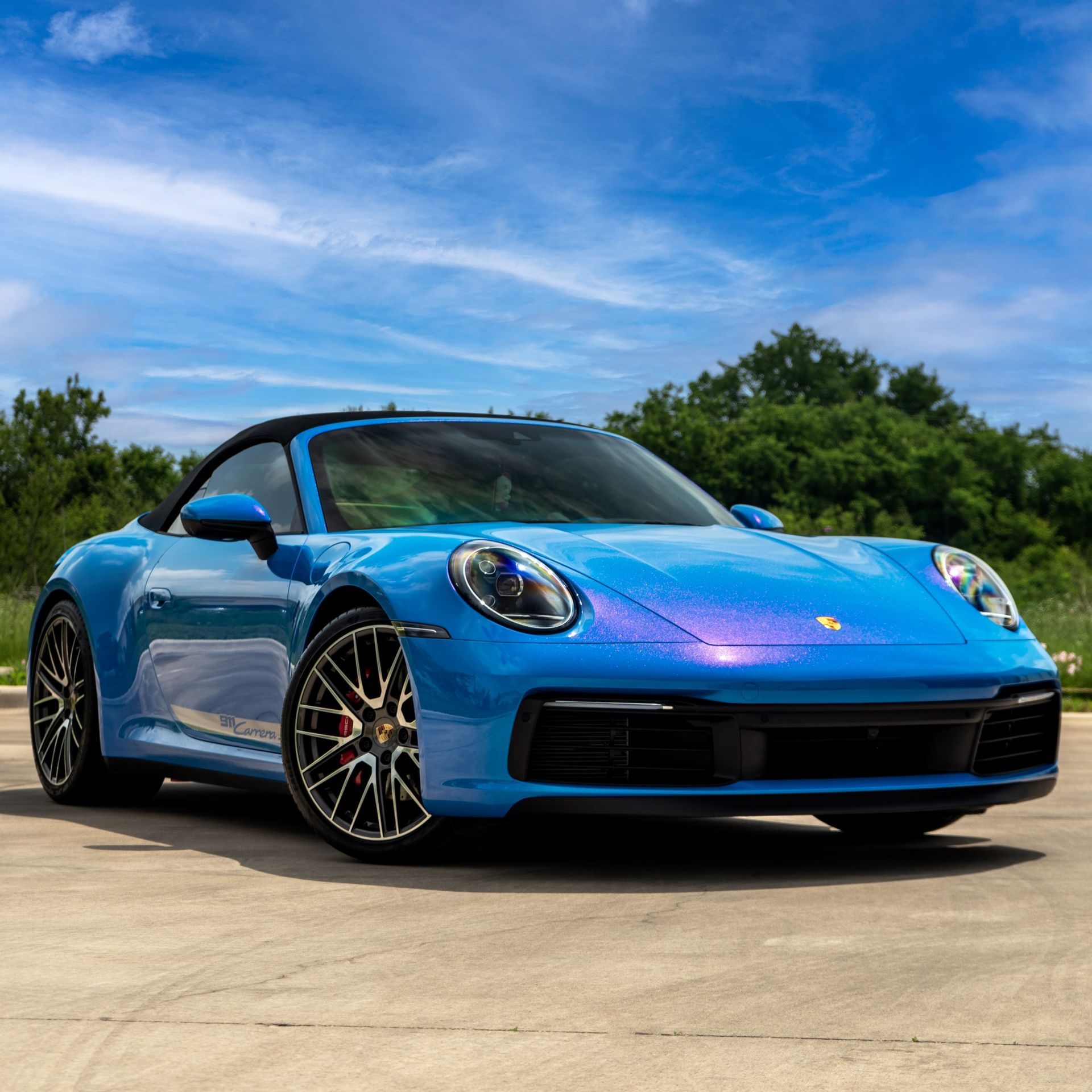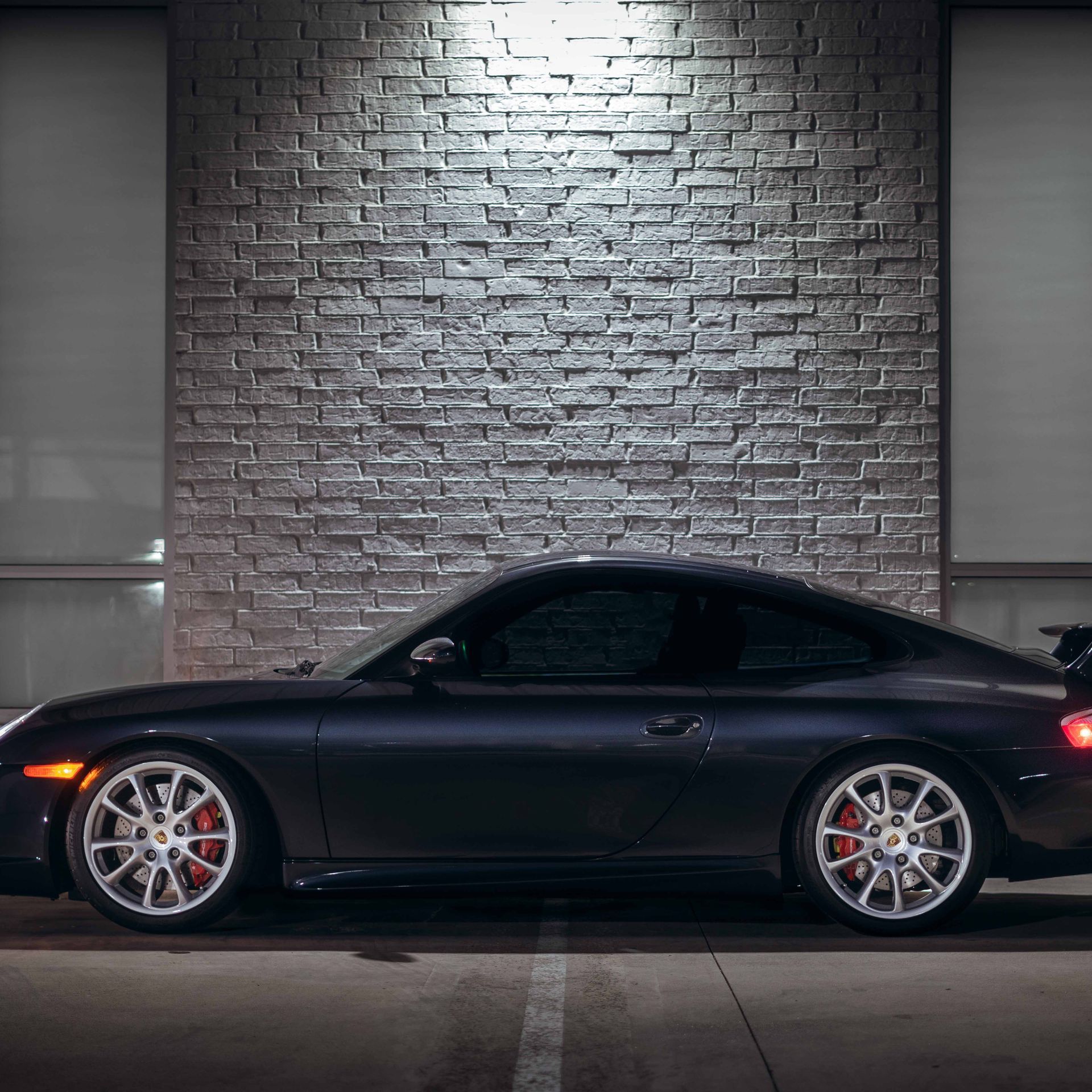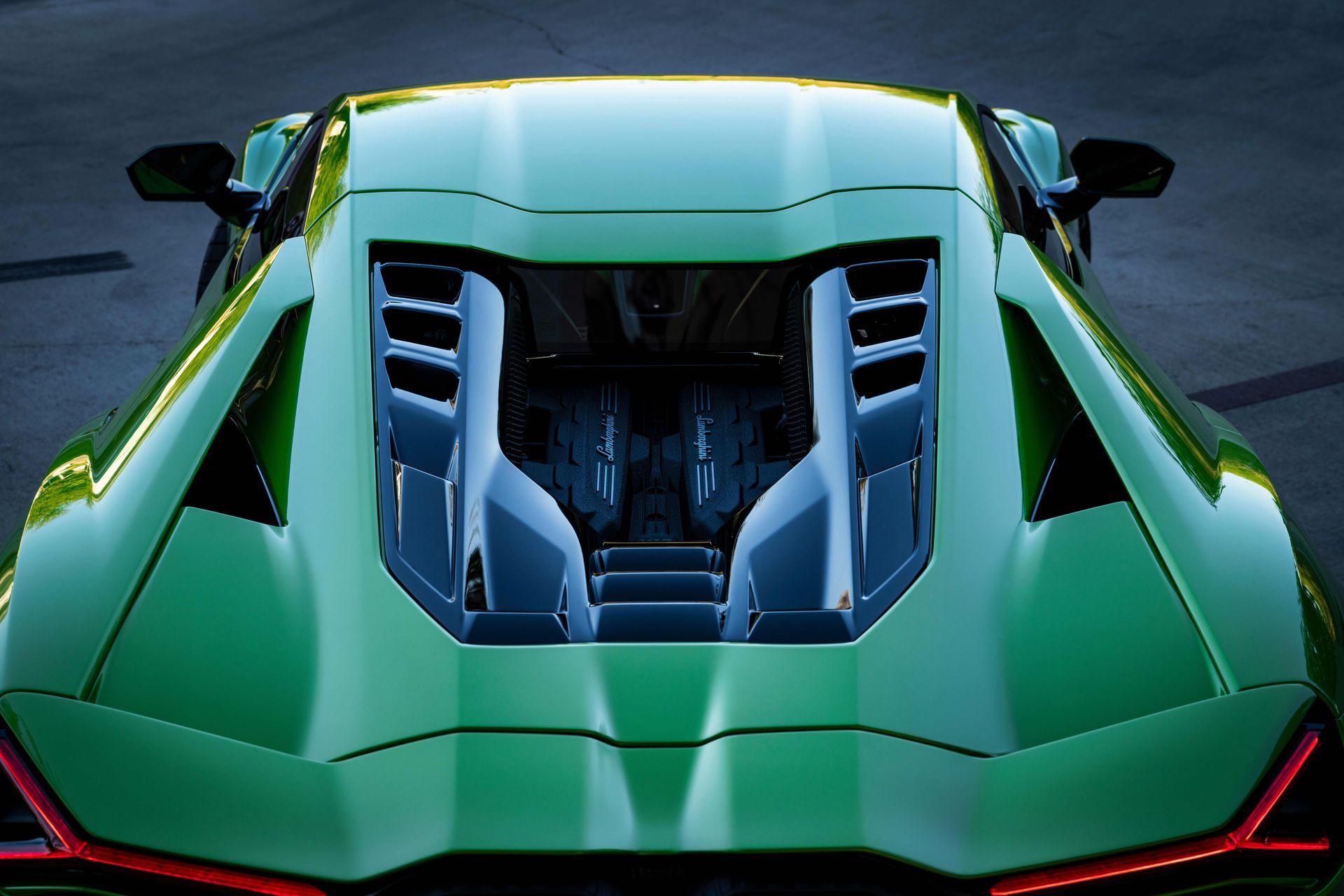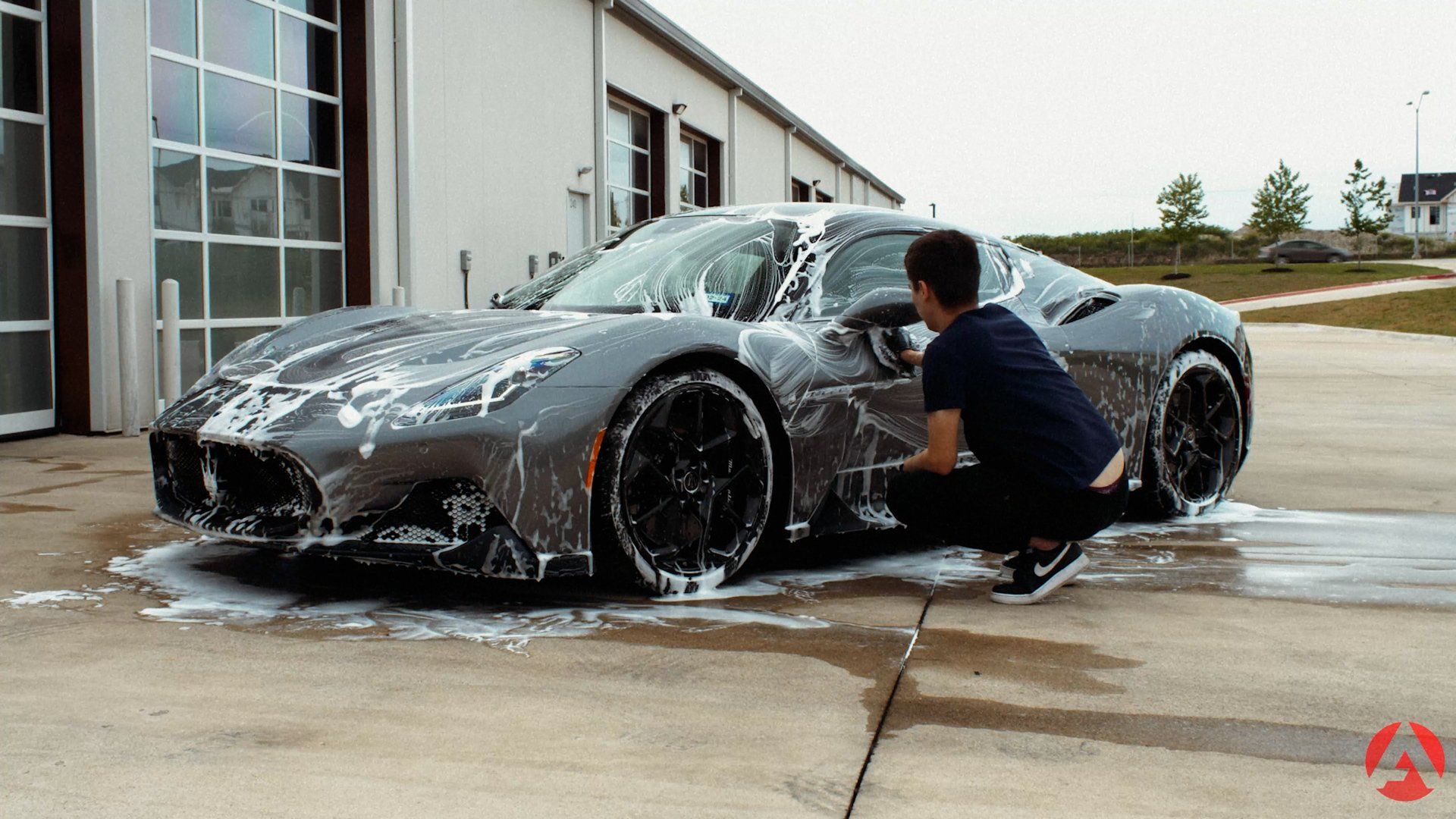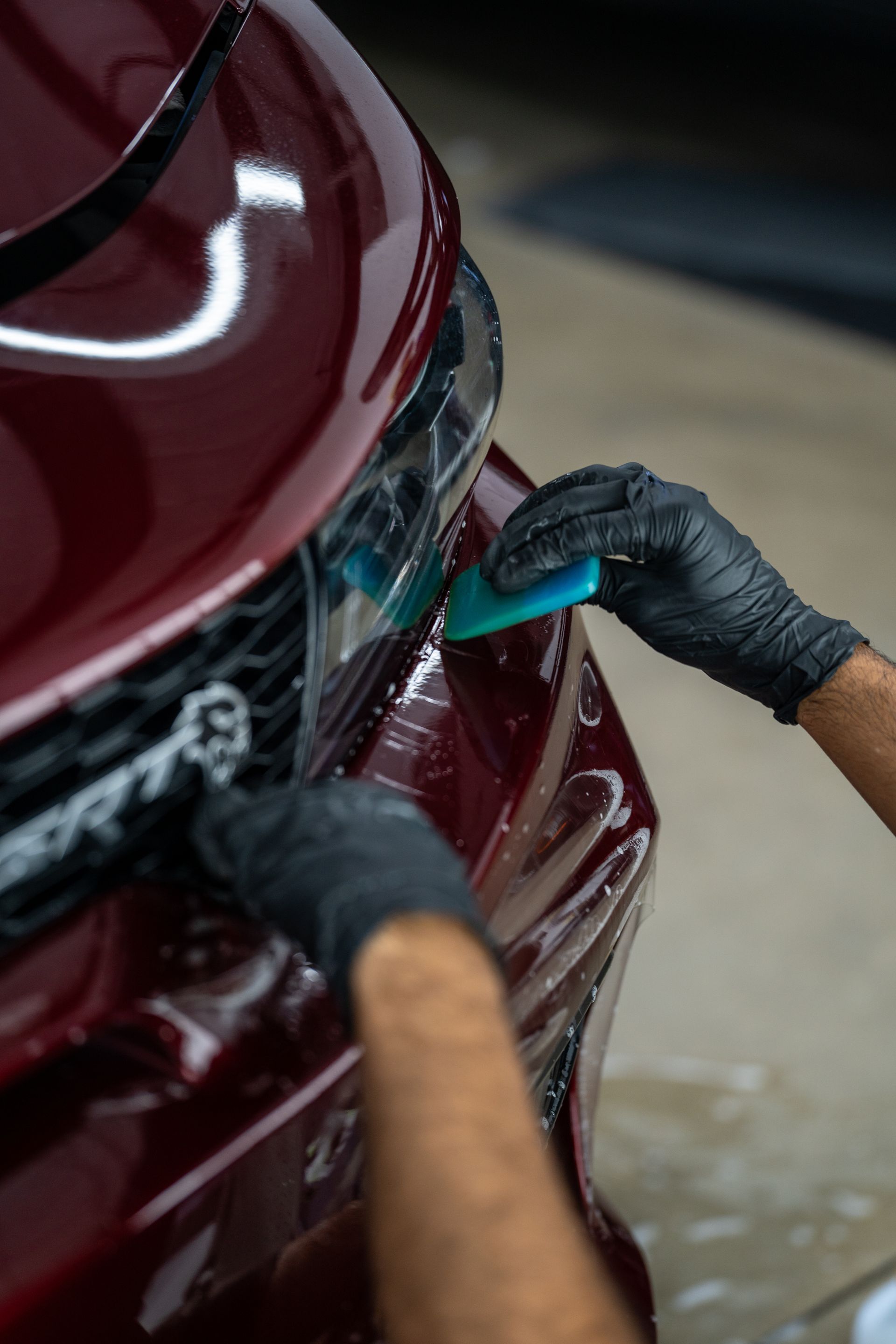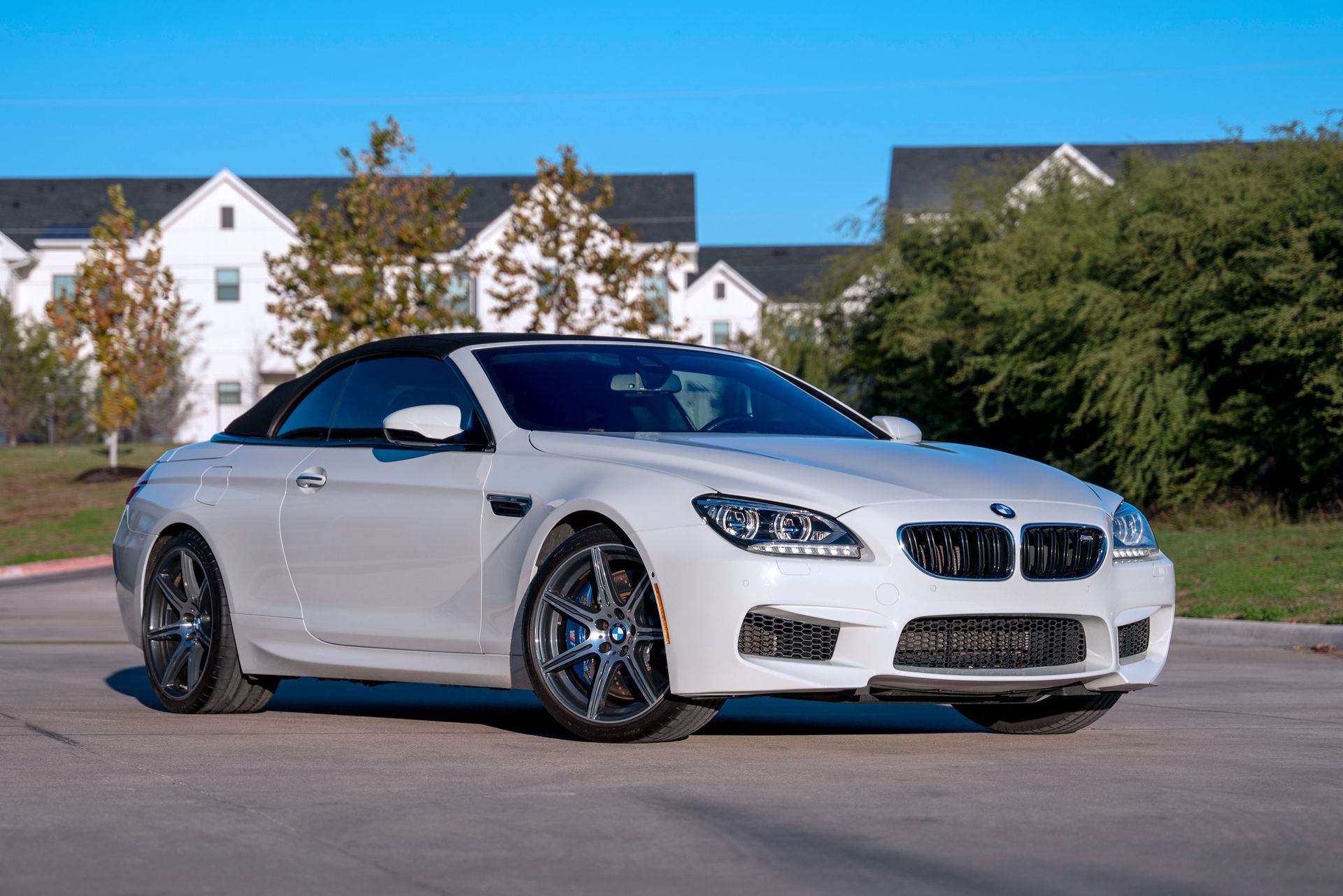Tesla Paint Protection Film: How Long Does It Last?
CALL (512) 296-0183
GET A QUOTE TODAY
Imagine sliding into your sleek Tesla, cruising under the sun, and always turning heads due to its pristine condition. A secret weapon? It's not just regular car washes or careful driving. The real game changer is Tesla Paint Protection Film (PPF). But how long does this protective armor last? Brace yourselves as we dive deep into the lifespan of Tesla Paint Protection Film and explore if it's truly an investment worth making for your beautiful ride.
Understanding Tesla Paint Protection Film
As the proud owner of a Tesla, you're likely familiar with the importance of protecting your vehicle's sleek and elegant paint. One effective solution gaining popularity is the application of Tesla Paint Protection Film (PPF). This thin, flexible polymer acts as a second skin, safeguarding your car's exterior from light scratches, rock chips, and hard water spots. As a bonus, PPF has self-healing properties that seamlessly dissolve any surface damage when exposed to warm water or sunlight.
The primary goal of Tesla Paint Protection Film is to provide peace of mind by preserving the integrity of your vehicle's paintwork. It not only helps maintain the new-car feeling but also enhances the resale value of your Tesla. By offering robust protection against common hazards on the road, PPF ensures that your car retains its stunning appearance for years to come.
For instance, imagine driving through a construction zone where debris and loose stones are a constant threat to your Tesla's paint. With the application of high-quality XPEL PPF, you can rest assured that these potential damages won't leave a permanent mark on your vehicle.
Furthermore, PPF provides an additional layer of defense against environmental factors like UV rays, acid rain, bird droppings, and harsh chemicals. These elements can cause fading, staining, and long-term damage to unprotected painted surfaces. By installing Tesla Paint Protection Film, you mitigate these risks and ensure that your car maintains its vibrant color for an extended period of time.
Factors That Affect How Long Paint Protection Film Lasts
While the Tesla Paint Protection Film offers excellent durability and longevity in preserving your car's paintwork, several factors can affect its lifespan. The key factors affecting the longevity of Paint Protection Film include:
- Usage: How you use your Tesla can significantly impact the longevity of the PPF. If your vehicle is primarily a daily driver, the PPF can last between 7 and 10 years with proper care and maintenance. However, if your Tesla is frequently exposed to work truck duties or track days, it may require replacement sooner due to increased wear and tear.
- Traffic Accidents: While PPF can protect against light scratches and scuffs, more significant accidents can still damage the film. In such cases, insurance coverage often helps cover the cost of PPF replacement.
- Proper Care and Maintenance: The lifespan of Tesla Paint Protection Film heavily depends on how well it's maintained. It's crucial to follow the installer's guidelines for washing and maintenance to avoid disturbing the curing process or damaging the film's edges. Additionally, investing in a ceramic coating can further enhance protection and ease of cleaning.
- Type of Film: The quality and type of paint protection film used can impact its lifespan. Different brands may have varied durability and self-healing capabilities. It's essential to choose a reputable brand known for its excellent performance and long-term durability.
Care and Maintenance Recommendations
To ensure the longevity and effectiveness of your Tesla Paint Protection Film (PPF), it's crucial to adhere to proper care and maintenance recommendations. By following these guidelines, you can extend the lifespan of your PPF and continue enjoying its protective benefits for years to come.
First and foremost, it's essential to avoid disturbing the curing process of PPF, especially during the initial stages. This means refraining from washing or exposing the film to excessive moisture for at least a week after installation. Give it time to settle and bond securely with the vehicle's surface.
When it comes to regular cleaning, be sure to follow the guidelines provided by your PPF installer. Generally, mild soaps or specifically formulated PPF cleaners are recommended. Avoid using harsh chemicals or abrasives that could potentially damage the film. Opt for a soft microfiber cloth or sponge during the cleaning process to minimize any potential scratching.
In addition to routine washing, consider investing in a ceramic coating for your PPF. Ceramic coatings create an additional layer of protection, enhancing water resistance and making it easier to clean off dirt and contaminants. The coating acts as an extra shield while providing a glossy finish, giving your Tesla that showroom-worthy appearance.
Furthermore, protecting your vehicle from extreme environmental conditions is vital for maintaining the quality of the PPF. Whenever possible, park your Tesla in shaded areas or use car covers to shield it from harmful UV rays, excessive heat, or extreme cold. These environmental factors can deteriorate the film over time if exposed continuously.
Remember that prevention is key when it comes to avoiding damage to your PPF. Be cautious when parking near construction sites or areas with loose gravel, and avoid driving behind trucks that may kick up rocks or debris onto your vehicle's surface.
Influence of Environmental Conditions
As durable as Tesla Paint Protection Film can be, it's important to acknowledge the influence that environmental conditions can have on its longevity. While PPF is designed to withstand various challenges, certain factors may affect its performance and lifespan.
One of the primary factors impacting the lifespan of PPF is exposure to harsh UV rays. Over time, the continuous bombardment of sunlight can cause the film to become discolored or hazy. However, modern PPF often incorporates UV stabilizers to mitigate this risk to some extent.
Another environmental condition that can affect PPF is extreme temperatures. Exposure to intense heat or cold can potentially impact the adhesive properties of the film, compromising its ability to adhere securely to the vehicle's surface. As mentioned earlier, parking your Tesla in shaded areas whenever possible and using a car cover during extreme weather conditions can help minimize these risks.
Other external elements like salt water, chemicals, industrial pollutants, and bird droppings can also deteriorate the PPF if not addressed promptly. Regular cleaning and maintenance routines should include thorough washing and prompt removal of any contaminants that may come into contact with the film.
It's worth noting that driving habits and usage patterns can significantly influence the lifespan of PPF. Vehicles exposed to more aggressive conditions, such as track days or heavy-duty work trucks, may experience accelerated wear and tear in the film compared to those used primarily for daily commuting.
Ultimately, while there are environmental factors that can impact the life expectancy of the Tesla Paint Protection Film, proper care and maintenance play a vital role in prolonging its effectiveness. By being attentive to both environmental conditions and routine maintenance practices, you can ensure optimal protection for your vehicle's paint.
Addressing Concerns about Original Paint Damage
When considering Tesla paint protection film (PPF) for your vehicle, it's natural to have concerns about the potential damage it may cause to the original paint. After all, you want to protect your car while maintaining its pristine appearance. Let's address these concerns so you can make an informed decision.
First and foremost, it's crucial to understand that high-quality PPF is designed to be a protective barrier to your car's paint. The film acts as a shield, guarding against light scratches, dings, rock chips, and hard water spots that would otherwise damage the original finish. This means that the PPF itself takes the brunt of any potential harm, leaving the underlying paint untouched.
To put this into perspective, imagine driving on a gravel road with small pebbles continuously hitting your vehicle's front bumper. Without PPF, your original paint would bear the impact and would likely develop unsightly chips or light scratches. However, with a layer of PPF in place, those stones would hit the film instead, protecting the underlying paint from damage.
Furthermore, modern PPF technology offers self-healing properties. This means that if the surface of the film incurs any light scratches or scuffs, they can disappear when exposed to warm water or sunlight. The polymer material used in PPF has memory-retaining abilities that allow it to "heal" imperfections by softening and reshaping itself back into its original form.
Where and How to Apply Tesla Paint Protection Film
The most critical areas to consider applying PPF are the front bumper, hood, fenders, mirrors, and any other areas prone to damage from debris or light scratches. These areas usually experience the brunt of road hazards and will greatly benefit from the extra protection. However, you can also opt for full-car coverage if you desire comprehensive safeguarding for your entire vehicle.
When it comes to the application process itself, it is recommended to have a professional installer handle the job. They have the necessary expertise and tools to ensure precise fitting and adhesion of the film without causing any damage. Additionally, they can guide post-installation care and maintenance to extend the life of the PPF.
At Authentic Details, our skilled services protect your Tesla from unsightly blemishes and potential hazards. We're proud to be Austin, TX's top Tesla Paint Protection Film installer. Our team has established a remarkable legacy in the realm of automotive protection. We guarantee the greatest quality and precision in every installation, giving your Tesla unmatched weatherproofing.
Contact us at (512) 296-0183 for the best Tesla protection. Your Tesla deserves the absolute best, and we are here to provide just that!
CALL (512) 296-0183



